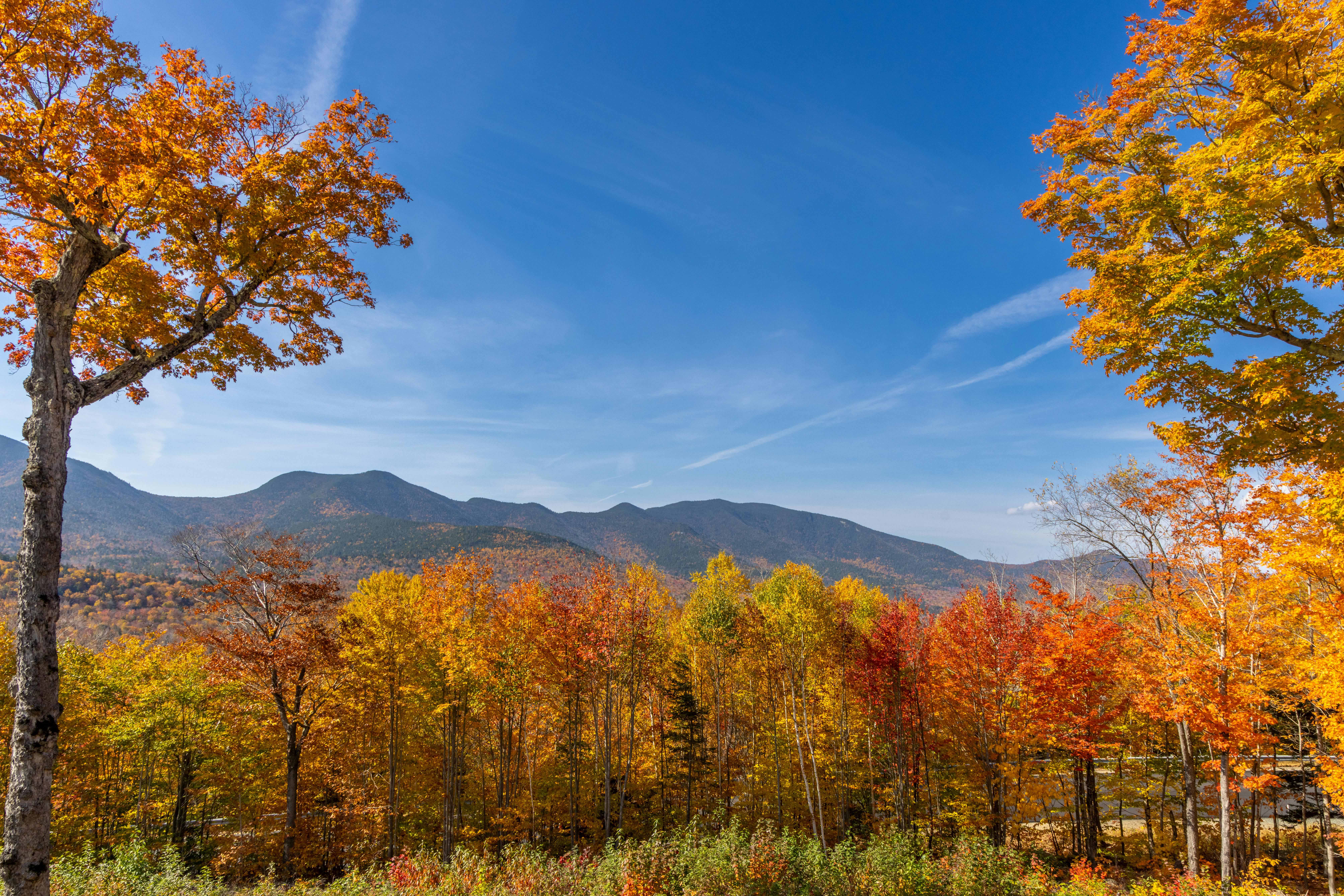Mount Monadnock NH: Exploring New Hampshire's Iconic Peak

Mount Monadnock NH
Introduction to Mount Monadnock
Mount Monadnock stands proudly in Jaffrey, New Hampshire, at an elevation of 3,165 feet, making it a defining feature of the region's landscape. Known for its unique isolation as a "monadnock," which is a geological term for an isolated hill or a small mountain that rises abruptly from a gently sloping or virtually level surrounding plain, it provides panoramic views of six New England states. Mount Monadnock is celebrated not only for its natural beauty and hiking trails but also for its significant historical and cultural contributions. Declared a National Natural Landmark in 1987, it attracts over 95,000 hikers annually, showcasing the peak's balance between recreational use and ecological preservation.
Geological History and Features
The geological story of Mount Monadnock begins approximately 400 million years ago during the Acadian orogeny. It primarily consists of schist and quartzite from the Devonian era, with its distinguishing landforms shaped by glacial activities in the Pleistocene epoch. The mountain's metamorphic rocks reveal significant folding processes, with features such as the Billings Fold illustrating its geologic past. The durability of its bedrock, largely composed of a thick layer of quartzite, explains its resistance to erosion compared to surrounding peaks.
Glacial movements have left their mark by polishing rock surfaces and depositing till that forms the gentle slopes seen today. The mountain's summit, largely bare due to historic fires, showcases exposed bedrock rich with minerals like garnet and sillimanite, creating a visually striking landscape.
Ecological Richness and Biodiversity
Mount Monadnock is home to a rich tapestry of ecosystems that vary with elevation. The mountain transitions from deciduous forests at lower elevations to alpine tundra at the summit. This unique ecological gradation supports a diverse array of flora and fauna.
The lower deciduous forests are dominated by hardwood species such as American beech and yellow birch, while at the summit, a scarce alpine ecology flourishes with species like mountain sandwort and alpine goldenrod. Wildlife is similarly diverse, with red foxes and black bears inhabiting the lower forested areas, while bird species such as the raven and dark-eyed junco are commonly seen in higher regions.
Cultural and Historical Significance
The cultural tapestry of Mount Monadnock is as rich as its ecological one. For centuries, it has acted as a source of inspiration and a pivotal landmark for indigenous peoples, early European settlers, and American writers like Ralph Waldo Emerson and Henry David Thoreau. Thoreau particularly documented his climbs in the mid-19th century, cementing Monadnock's place in the cultural and literary history of New England.
Additionally, Monadnock has a notable recreational history, with the establishment of tourism routes like the Old Toll Road and the construction of the now-closed Halfway House hotel catering to early visitors. These sites are part of the historical landscape and serve as reminders of the peak's longstanding allure.
Recreational Opportunities and Management
Today, Monadnock State Park effectively manages the mountain's recreational use, offering over 40 miles of hiking trails, with paths catering to different skill levels. The park has implemented a reservation system to manage visitor numbers, preserving the mountain's ecology while ensuring visitor safety. Popular trails such as White Dot and White Cross are designed with erosion control measures like stone staircases to protect against wear.
Mount Monadnock also supports camping sites, with restrictions in place to preserve the natural environment. These management practices strive to maintain the balance between accessibility and conservation, ensuring the mountain can be enjoyed by future generations.
Conservation Efforts and Climate Challenges
Conservation efforts on Mount Monadnock are driven by multi-stakeholder collaborations, focusing on protecting its ecological and geological integrity. The Society for the Protection of New Hampshire Forests (SPNHF) has been instrumental in conserving land around Monadnock since 1915, ensuring its sustainable use.
Current conservation challenges include addressing the impacts of climate change, which threaten to alter the region's precipitation patterns and temperature, potentially affecting flora and fauna. Strategic plans include reinforcing trail infrastructures and expanding seed banks to preserve native species, demonstrating proactive measures against evolving climatic conditions.
Conclusion
Mount Monadnock remains a stunning testament to the natural and cultural history of New Hampshire. Its unique geology, diverse ecosystems, and rich cultural heritage make it a focal point of interest for scientists, historians, and outdoor enthusiasts. As climate change introduces new challenges, ongoing conservation efforts aim to protect the mountain's legacy for future generations. For visitors, the mountain offers not only scenic views and recreational activities but also an opportunity to walk in the footsteps of historical figures who found inspiration and solace on its slopes.
The management and conservation of Mount Monadnock exhibit a model of ecological stewardship and recreational balance, a reflection of its enduring significance to New Hampshire and beyond.
Subscribe to our newsletter
Lorem ipsum dolor sit amet, consectetur adipiscing elit. Suspendisse varius enim in eros elementum tristique.
Related posts
Check out our other blog posts!



